If you're looking to grow bigger and stronger shoulders, one of the best machines you can use at the gym is the cable machine.
The cable machine is very versatile and allows you to work out all three heads of your deltoids by positioning the pulley in different ways using a variety of different attachments.
Let's take a look at some of the best cable shoulder exercises for size and strength.
The Anatomy of Your Deltoids – The Shoulders
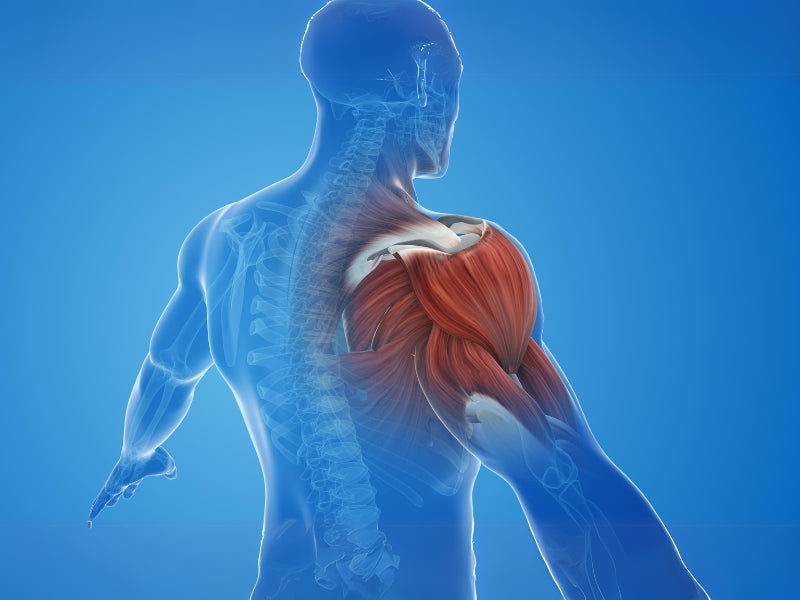
Before we start talking about the best exercises to do for your shoulders with a cable machine, you need to know that the deltoids consist of three separate heads or parts.
There is the front or anterior deltoid, the side or lateral deltoid, and the rear or posterior deltoid.
The front or anterior deltoids are responsible for pressing movements, internal rotation, and shoulder flexion.
We then have the middle or lateral deltoids, which are responsible for shoulder stabilization as well as shoulder abduction.
Finally, we have the posterior or rear deltoids, which are responsible for shoulder extension, external rotation, and horizontal abduction.
If you want to grow bigger and stronger shoulders, then you must target all three of the deltoid heads. By performing the various cable exercises listed below, you can do just that.
Related: What muscles are worked by upright rows?
The 7 Best Cable Shoulder Exercises for Size
Now that you know what your deltoid muscles look like, what their functions are, and why they're so important, we can move on to talking about the best cable machine shoulder exercises for both sides and strength. We've got a long and comprehensive list, so let's get to it.
1. Cable Machine Front Raises
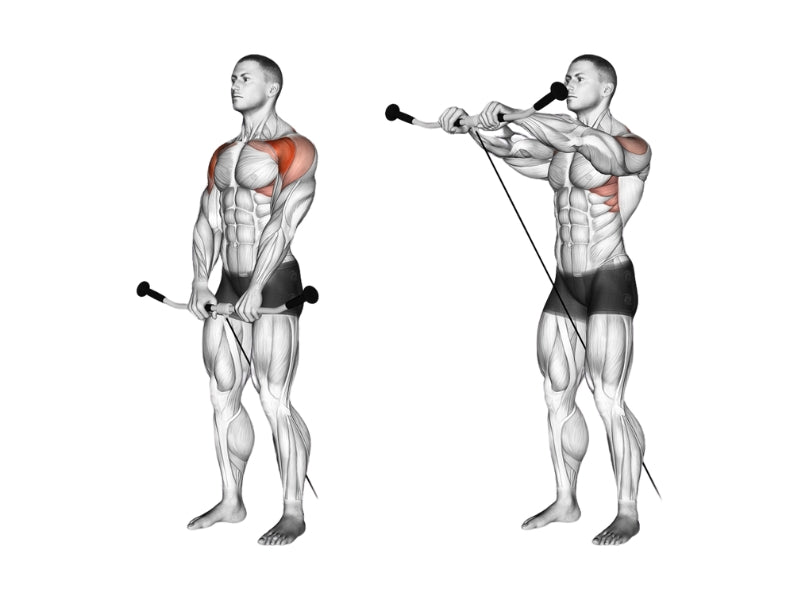
If you're looking to target your front or anterior deltoid, one of the best exercises to do is the cable machine front raise. It's a great exercise because it really stretches out those front deltoids and focuses on them specifically.
If you do this exercise properly, your front deltoids should be the only muscle being activated. You get a lot more stretching and tension out of the cable machine than if you were to do regular dumbbell front raises as you get constant tension in the muscle. Here's how to do it.
- Using a short bar, attach it to the cable machine and adjust it to the low position. Face away from the cable machine, about two feet, and bend forward very slightly.
- Using an overhand grip, which means that your palms are facing towards you and your knuckles are facing upwards, hold the bar. Do not hold the bar with your palms facing upwards, because this would turn it into a chest exercise.
- Holding your arms straight down in front of you, step forward a little bit until you feel tension in your shoulders. Keep your arms straight, but don't lock out the elbow, as this can cause issues.
- While keeping your arms relatively straight, just before locking out your elbows, raise your hands up into the air until they are horizontal, or slightly above horizontal. You should aim for your hands to end up at around chest level, but ensure that your body stays stationary during the exercise.
- Hold the position at the top of the exercise for a second or two, and then lower back down to the original position. Try to do 8 to 12 reps and three sets of the exercise.
2. Cable Machine Lateral Raises
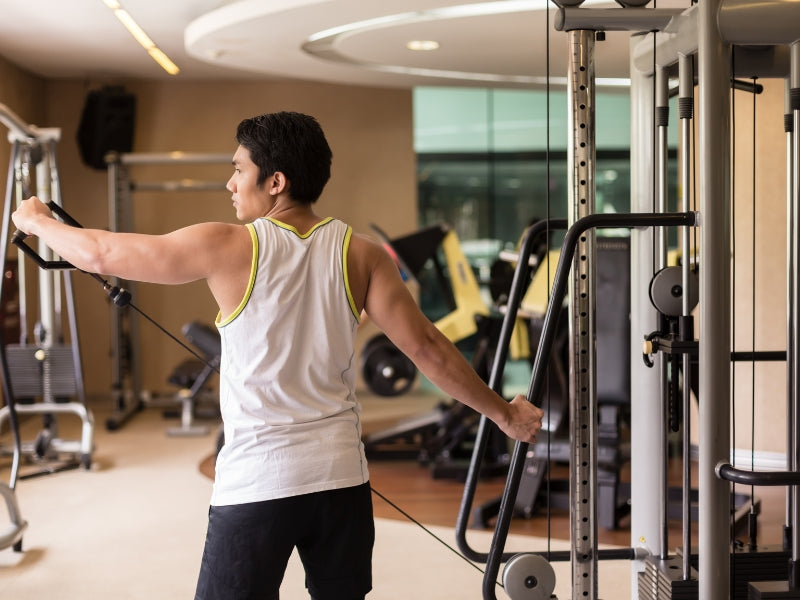
While the front raise is a great exercise to target your anterior deltoid, it doesn't do much for the side or lateral deltoid, which the lateral raise is specifically designed for. If you're looking to grow those big boulder shoulders, and you want your shoulders to grow in size in terms of width, then the lateral raise is a fantastic exercise.
Just like with the front raise, using the cable machine for a lateral raise helps keep constant tension on your shoulders, something that dumbbells may not be able to accomplish.
Remember that here you're only using one arm at a time, making it ideal to really target an individual muscle, which could be beneficial if you have muscle imbalances between your shoulders. Here's how to do lateral raises with a cable machine.
- Adjust the pulley so that it's at its lowest position, and attach a regular handle to it.
- Stand sideways to the pulley machine, so that the shoulder you are looking to exercise is facing away from it, and make sure that your feet are roughly shoulder width apart. For a bit of stability, you can also stagger your stance a little bit.
- Start by holding the cable handle in a neutral position with your palms facing your leg, and your arm down at your side.
- Just like you would do with a dumbbell lateral raise, slowly raise your hand up until it is at shoulder level, making sure that all of the motion comes from your shoulders, and that your arm is kept straight. You don't have to lock out your elbow, but your arm should be straight.
- Move very slowly and hold the position at the top for two to three seconds, and then return to the original position. Try to aim for 10 reps and three sets.
Related: Also try our Top Landmine Exercises.
3. Dual Arm Cable Lateral Raises

Whereas the above cable lateral raises used a single arm at a time, here you're going to be using both arms simultaneously.
It has all of the same benefits as a regular cable lateral raise, but you're just doing both arms at once, so it's a lot more efficient. Here's how to do it
Lateral raises are great for focusing the resistance onto your deltoids is one of our top recommendations for side delt exercises.
- For this exercise, you're going to need a cable machine with dual pulleys, one on the left and one on the right.
- Put both pulleys in their lowest position, attach cable handles, and stand in between them.
- Standing sideways so that you have one pulley to each side of you, use your right hand and grab the left pulley and use your left hand to grab the right pulley. Your starting position should see your forearms crossed in front of you, with your hands in a neutral grip, which means that your palms are facing inwards.
- Slowly move your arms so that they are straight down by your sides, at which point you should already feel a good deal of tension in your lateral deltoids.
- Now, just like with a single arm lateral raise, move both arms up and away from your body so that they end up at shoulder level and extended sideways.
- Hold this position for a second or two and then return to the starting position. Aim to do anywhere from 8 to 12 reps, and do three sets.
4. Relay Raises
If you're looking to target your anterior or front deltoids, then the relay raise is a fantastic exercise. It stimulates the front deltoids and helps improve your range of motion as well. Let's take a closer look at how to do relay raises.
- Put the cable pulley machine to its lowest position and attach a regular cable handle.
- Keep your feet at shoulder width apart, and stagger your stance a little bit, which will help with stability. You should be facing away from the machine.
- With your palm facing forward, hold the handle, while keeping your body upright.
- Using your shoulder, while maintaining the same grip, push the handle upward and forward in one controlled and smooth motion. Your arm should be moving in a diagonal motion, and not straight up. This almost looks like you are punching diagonally upwards into the air.
- Continue with this motion until you've extended your arm, but don't lock out your elbow. Lower the weight back down to its starting position, and aim for between 8 to 12 reps.
5. Cable Shoulder Flies
If you're looking to target your rear deltoids, then doing cable shoulder flies is one of the best things of all. Cable shoulder flies also happen to target your lats, making this a great shoulder and back exercise. This is a dual-arm exercise, so you'll need to use both pulleys of the cable machine. Here's how to do the exercise.
- Adjust the pulleys so they are at shoulder height. Attach regular table handles to both pulleys. You should be standing in between both pulleys.
- Just like with the dual arm lateral raises, hold the left cable handle with your right arm and vice versa, so that you start with your arms crossed in front of you, with a neutral grip, which means that your hands are facing inwards.
- Slowly start the exercise by moving your arms so that they are no longer crossed and extended straight out in front of your body. You should feel a whole lot of tension in your rear deltoids at this point.
- Move your arms backwards while keeping them horizontal until they are fully extended beside your shoulders. When you do this exercise, focus on contracting your back and rear deltoids, and you should also feel a bit of a stretch in your lats.
- Hold this position for one or two seconds and then return to the start. Aim to do between 8 and 12 reps, and three sets at a minimum.
6. Cable Face Pulls
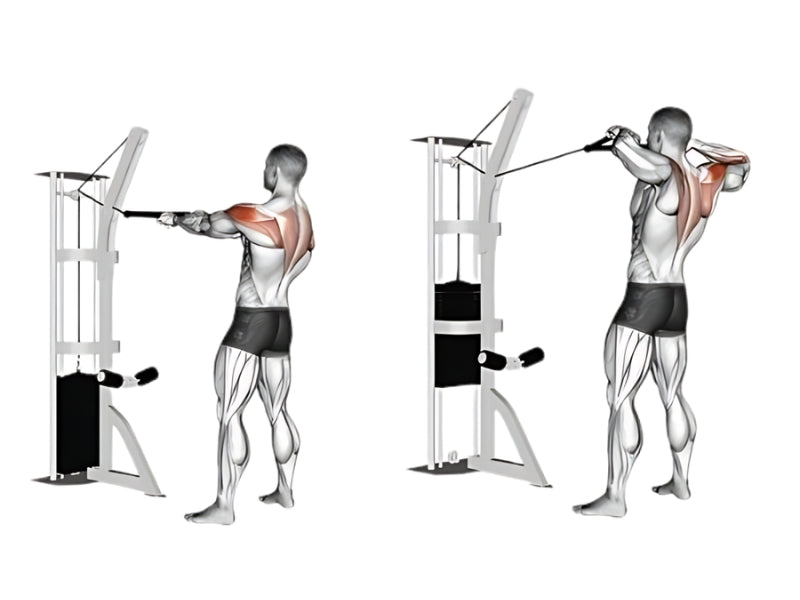
Cable face poles are a great exercise for your upper back muscles, specifically for your rear delt. It also works your traps to a certain degree, making it a great combination exercise. Here's how to do it.
- This is the one exercise on the list where you're going to use a rope instead of a regular cable handle. Position the pulley so that it's a little bit above your head, and attach the rope to it.
- With your feet shoulder-width apart, face the cable machine and hold each end of the rope handle with your hands, making sure that your hands are also shoulder width apart. At this point, your palms should be facing inwards and each other. Your hands should also be around the height of your forehead.
- Start the motion by pulling the rope towards you and while you do this, split your hands so that they move to either side of your head. You should focus on retracting your shoulder blades and squeezing your back together as you bring the rope towards you.
- Continue this movement until your hands are as far back as your ears, or even slightly further back. Make sure that the movement originates from your rear deltoids and upper back, and not just solely from your arms. You should also be puffing your chest upwards and outwards.
- Slowly return to the starting position while maintaining control. The slower you do this exercise, the better it will work. Perform 8 to 12 repetitions, and try to aim for at least two or three sets.
Related Post: Overhead Press Muscles Worked Guide
Tips for the Best Cable Shoulder Workouts
To help make the most out of your capable machine shoulder exercises, follow the tips listed below.
Start Light
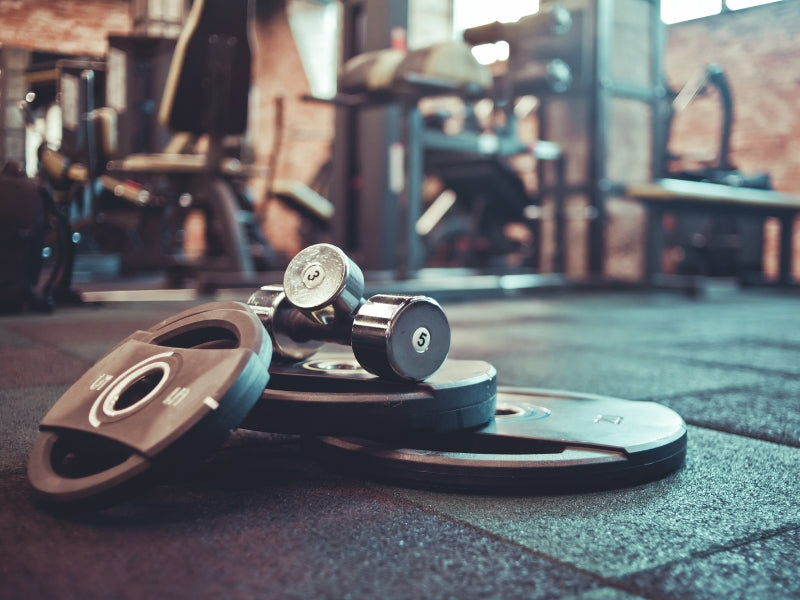
One of the worst things you can do when doing cable shoulder exercises is to start with a weight that is way too heavy. Not only does this come with a great risk of injury, but it also forces you to engage many other muscles besides your shoulders, which effectively ruins a good shoulder exercise.
Instead, start with a lightweight that you can comfortably lift. If you're doing lateral raises, start with just 10 lbs and see what it feels like after you do 10 or 12 reps. If you don't feel any muscle activation or fatigue whatsoever, up the weight by 5 or another 10 lbs.
However, what you really need to keep in mind here is that it's your form that matters more than anything else. Lifting weight too heavy or ego lifting will accomplish nothing but potentially injure you. It's about slow and controlled motion with lighter weight.
Also See: Top 5 Lower Trap Exercises
Use Progressive Overload to Your Advantage
Sure, you might only be able to do 10 reps with 10 lbs, but the aim here is to use what is known as progressive overload to consistently strengthen your shoulders. To perform progressive overload, from one week to another, increase either the weight or the number of reps you do by a small amount.
If one week you do 10 reps and you feel like that's enough for great muscle activation, try 11 or 12 reps the next week, or try increasing the weight by 2.5 lbs, and see how that feels. By slowly and consistently increasing the difficulty of your exercise, you can ensure that you progress in both a rapid and safe way.
Final Thoughts on Cable Machine Shoulder Exercises
There you have it folks, everything you need to know about the best cable shoulder exercises for your front, middle, and rear deltoids. Using these exercises, you can grow those boulder shoulders like you've always wanted.





